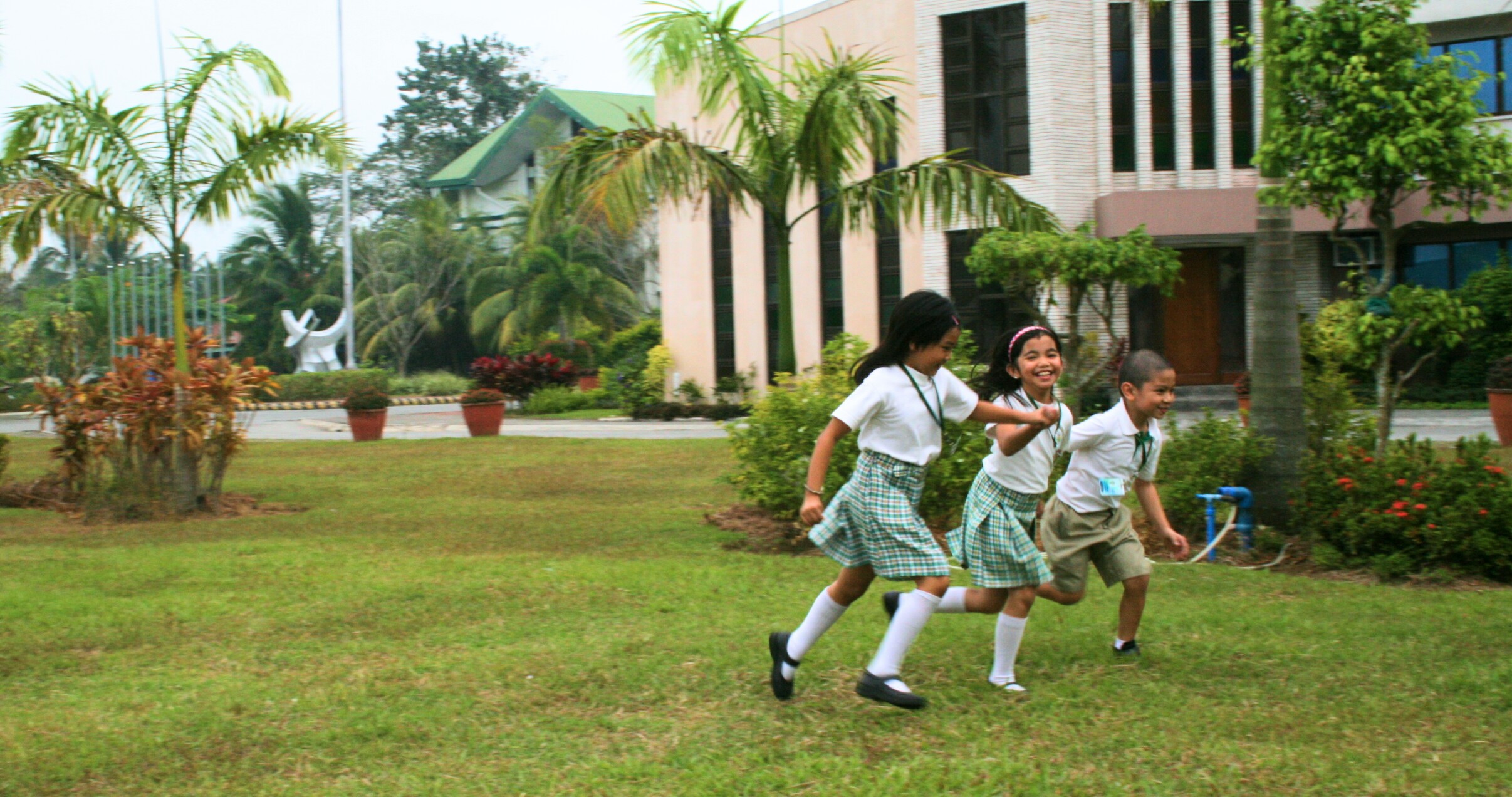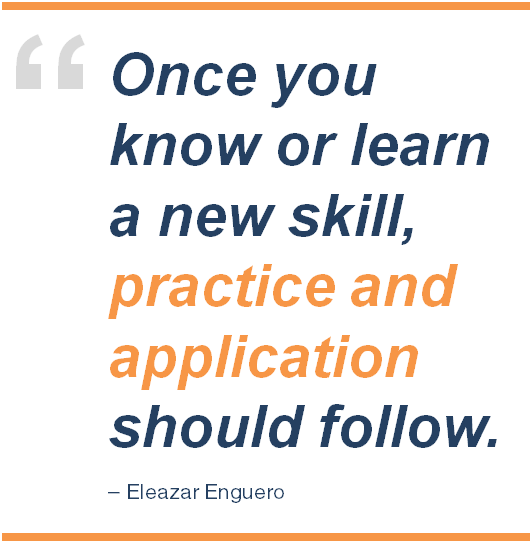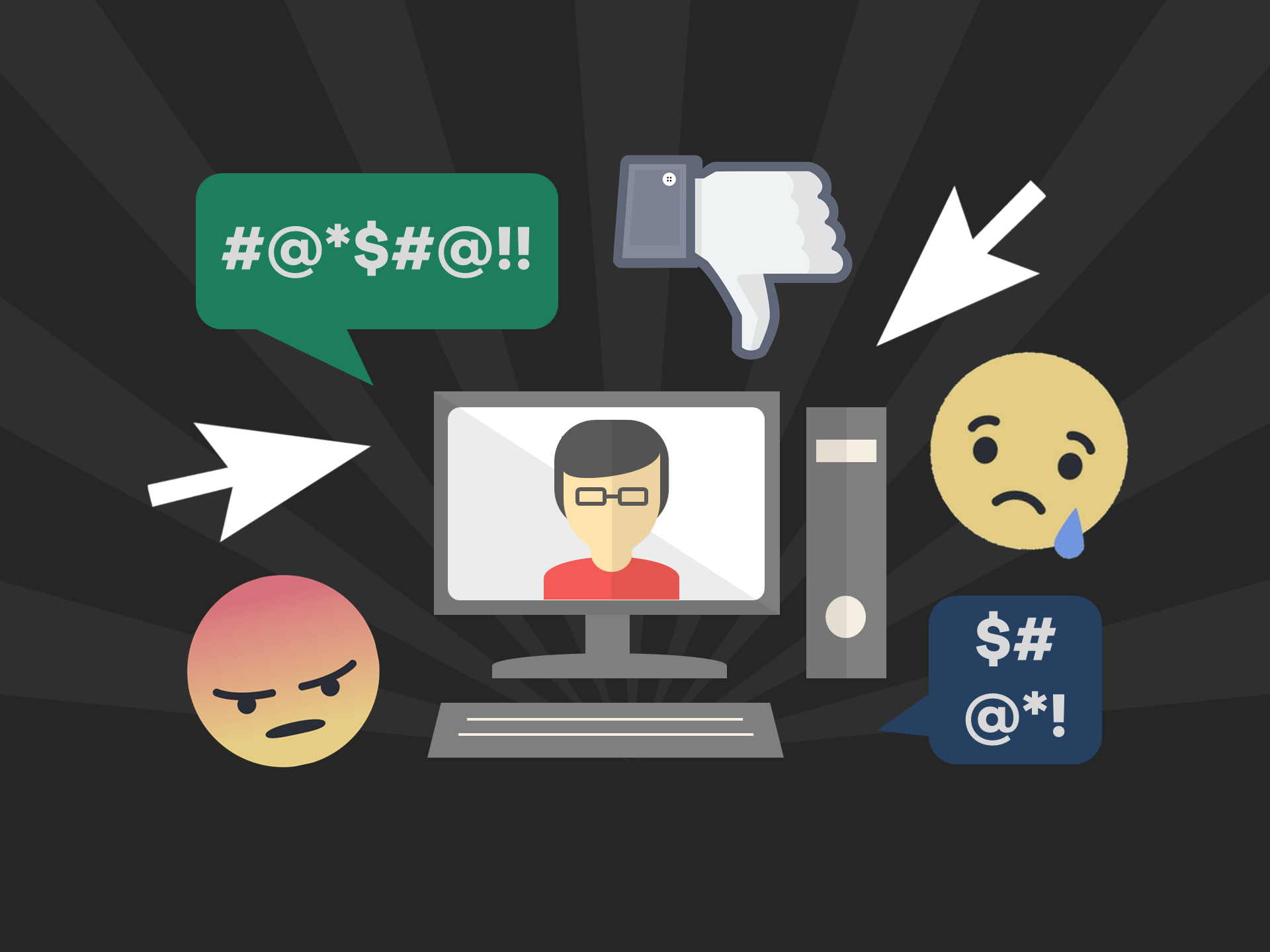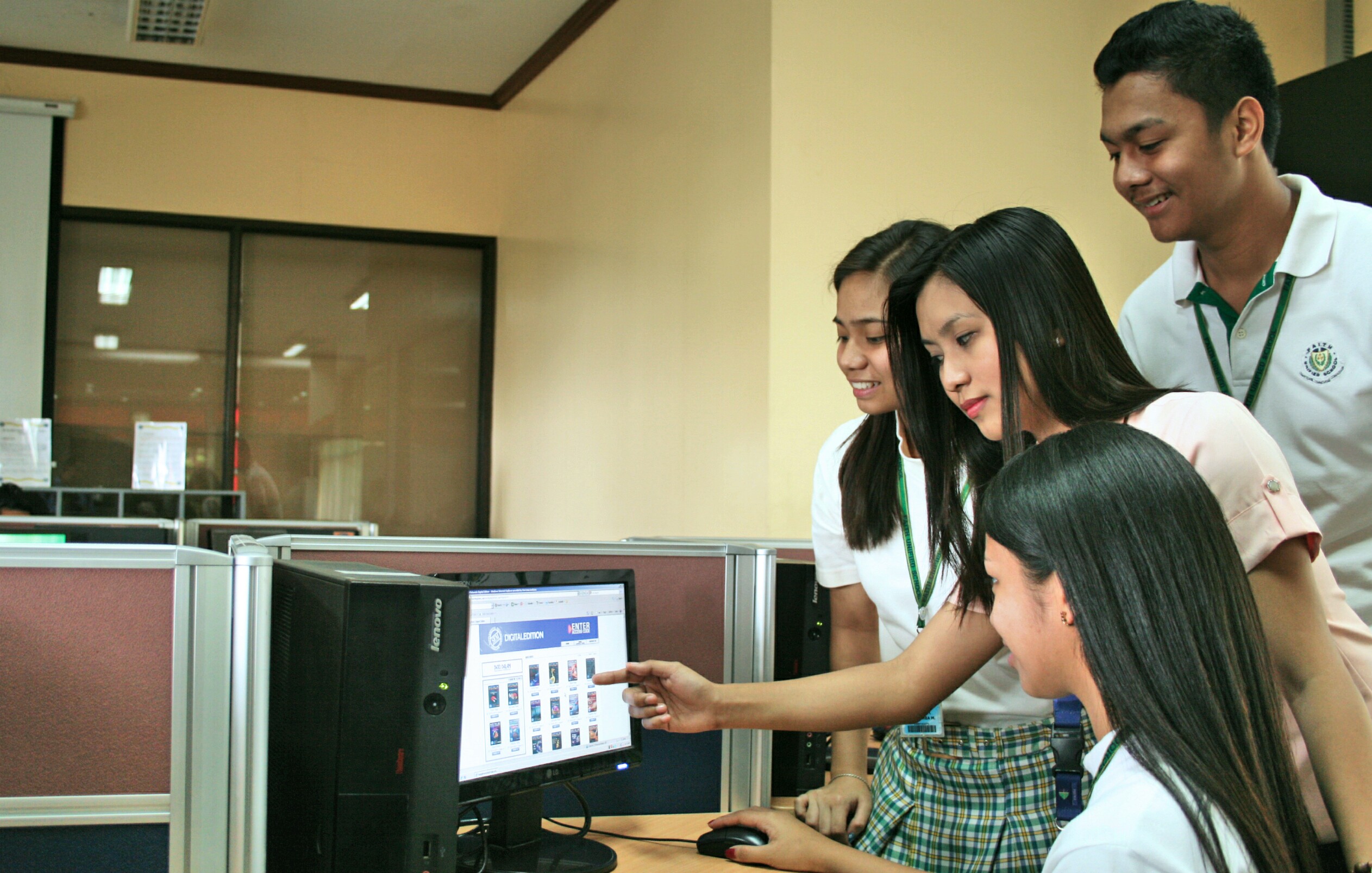Values formation through Physical Education

Technology’s impact on the academe is evident. Many things can now be done with just a few clicks of a device. However, this push-button lifestyle has created a generation who lacks physical activities.
This is where a school’s physical education (PE) comes into play. In the academic setup, PE is a curriculum course that promotes learning in cognitive, affective, physical, and social domains. A well-designed PE program helps not only in developing bodies but also inculcate skills and principles that can lead a child to a productive life.
This is where a school’s physical education (PE) comes into play. In the academic setup, PE is a curriculum course that promotes learning in cognitive, affective, physical, and social domains. A well-designed PE program helps not only in developing bodies but also inculcate skills and principles that can lead a child to a productive life.
Eleazar Enguero, the MAPEH (music, arts, physical education, and health) coordinator of St. James Academy in Malabon City (St. James), is an educator who aspires to set a point of reconciliation between technology use and physical activities.
He teaches music to grade school and junior high school students. He is also the Grade 12 Physical Education instructor, and coach of the school’s basketball team.
Discipline and focus. A PE teacher must set the right environment to effectively achieve holistic development—from the exterior (body) to the interiors (heart and mind), where values are shaped and inculcated.
Teach the importance of discipline and focus. These days, students know these words but do not apply them says Enguero. In PE, the essence of self-control and single-mindedness must be stressed so that students will get to apply them in real life. Be it in sports or music, there must be a willingness to pursue excellence, even if that means adjusting one’s lifestyle.
“My basic principle in teaching MAPEH is: Once you know or learn a new skill, practice and application should follow,” he explains.

Add diligence into the mix. Enguero says that most students are easily intimidated when they see or hear someone who is an expert in something. To rectify this, he says, “walang magaling, masipag lang”.
It is no secret that it takes months or even years to perfect a craft; yet, even those who have “made it” still have to learn and relearn concepts to become better.
To inculcate the right mindset in his students, Enguero explains the dedication of athletes and musicians in improving their talents. “With athletes, you set a training time but the application can be different, depending on the body’s ability. Musicians, however, are stricter in following rules. When the note is to be played in a certain way, the musician must follow, especially with classical music,” he says.
Appreciating different strengths. Enguero is a believer of multiple intelligences. “I maximize their potentials through the use of different strategies,” he says, explaining his approach to tap the strengths of his students.
He likens his classroom to a field where many kinds of athletes play. As such, teachers must respect the different roles and capacities of students. “I use cooperative learning strategies in classifying them. Then I give them specific tasks. For example, in mini intramurals, they cannot all be players; some are organizers. Those who will not play will still have grades,” he shares.

This kind of approach has yielded positive results, says Enguero. “Now, students appreciate PE more,” he shares with a smile.
With this kind of approach, learning becomes more meaningful for students. Teaching PE or sports is not only about nurturing a child’s physical health; it’s instilling values that can help them become good and productive citizens.






